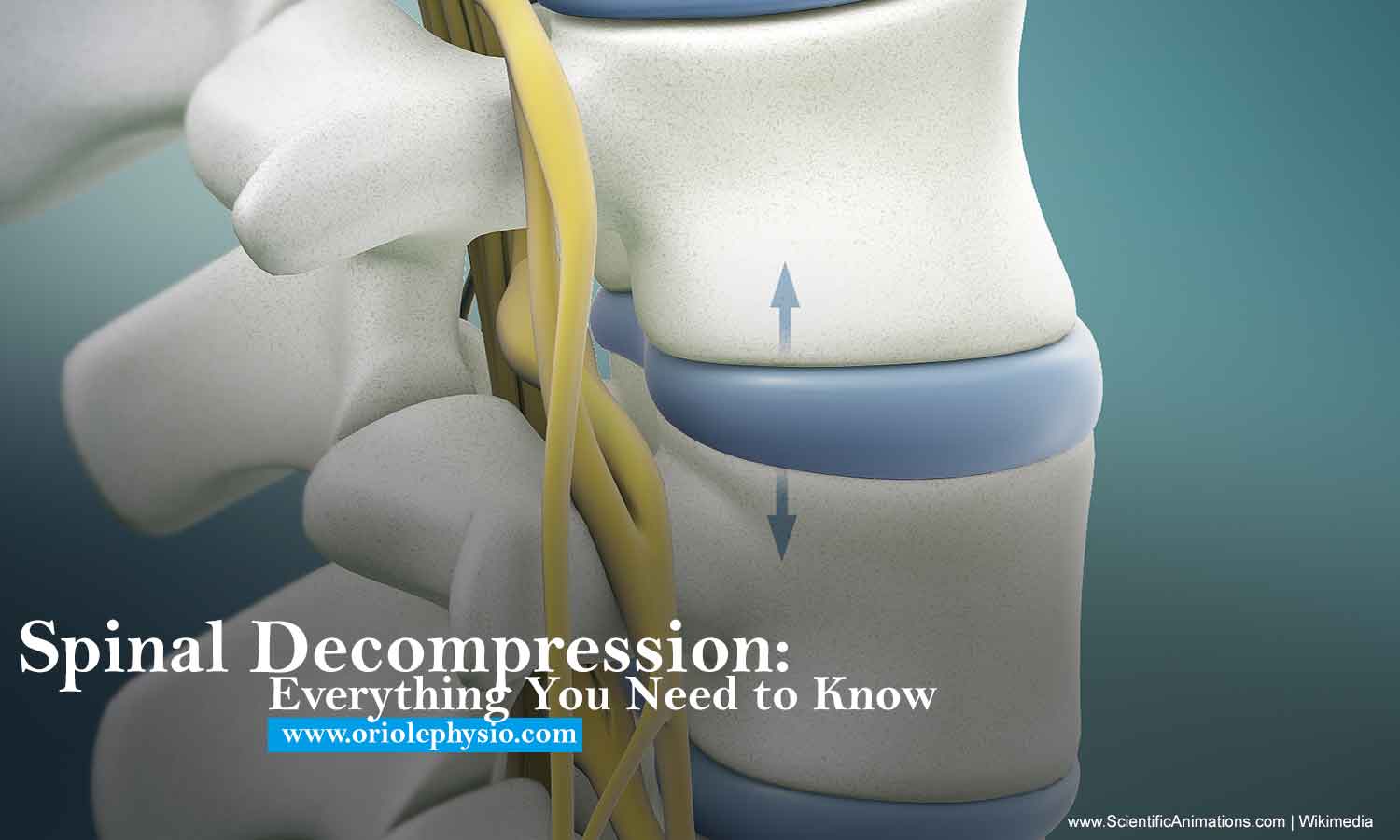Spinal Decompression: Everything You Need to Know
Chronic back pain can affect your quality of life. Persistent symptoms that come with the condition only get you thinking of finding relief. If you’re one of the many Canadians who experience severe lower back pain (possibly caused by herniated discs), you might have explored various pain relief options, like massage, exercises, epidurals, or heat packs. However, the respite from pain was short-lived, and you’re back to feeling the discomfort again.
At some point, have you heard of spinal decompression therapy? Many people think it’s a type of surgery, but there’s more to the treatment. When performed by a professional chiropractor, spinal decompression won’t require surgery in several cases.
When hearing the term ‘spinal decompression,’ you might think of questions like:
- What is spinal decompression?
- How does it work?
- Am I a candidate for the treatment?
- Does the decompression machine hurt?
- How long will the treatment take?
Here’s everything you need to know to help decide if a spinal decompression therapy might be right for you.
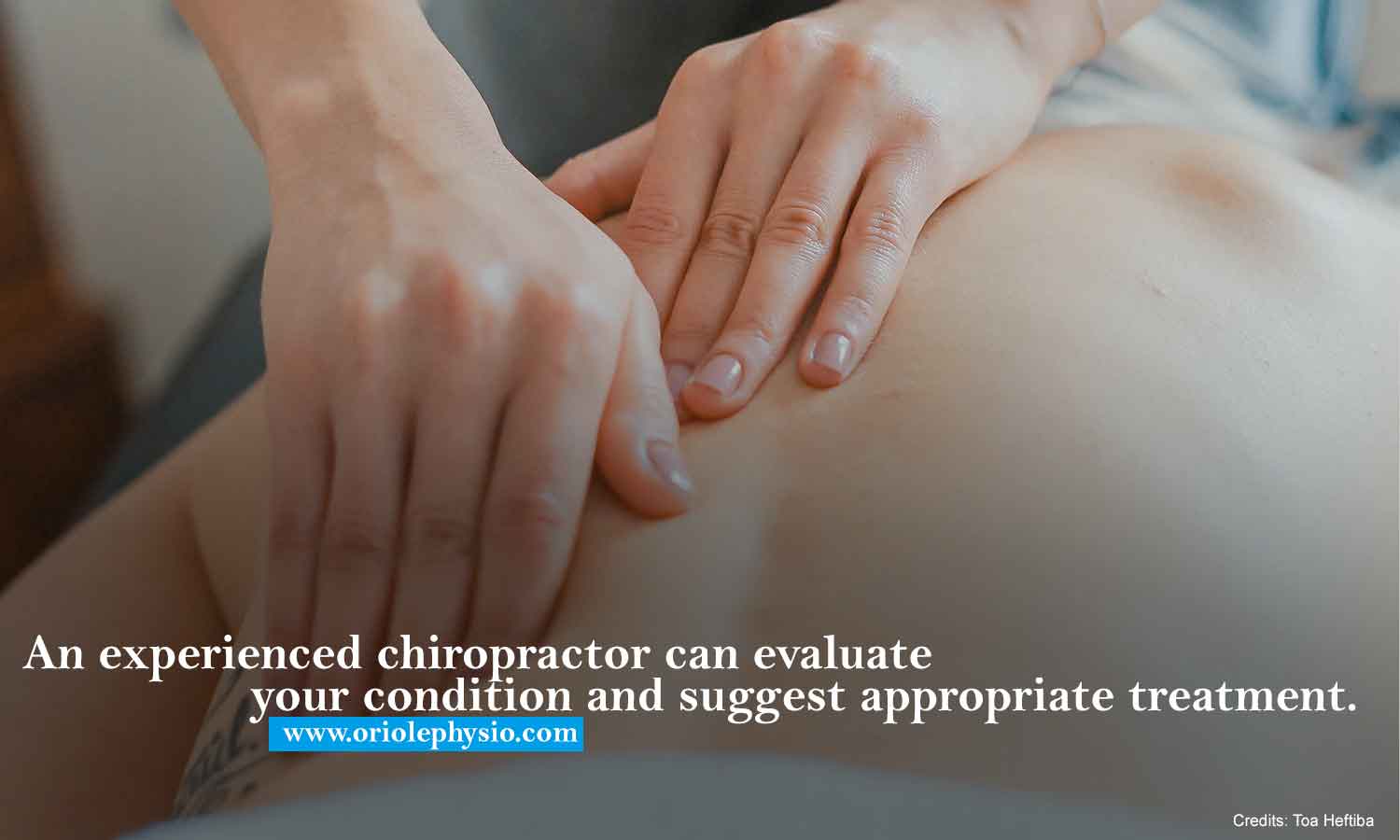
There Are Two Kinds of Spinal Decompression
Spinal decompression comes in two types: surgical and non-surgical. Each treatment relieves different pain conditions caused by specific factors.
Surgical Decompression
Often viewed as a final resort for eliminating pain, surgical decompression is recommended for pain caused by specific conditions like pine overgrowths and severely ruptured discs. Surgical decompression can either be microdiscectomy or laminectomy. Both procedures are only performed by an orthopedic surgeon.
Before undergoing any procedure, your chiropractor will assess your medical history, gauge your pain condition, conduct examinations, and request you to take an x-ray or MRI. If the results of the examination will reveal the need for surgery, they will refer you to a specialist and assist you throughout your recovery following the surgery.
Non-surgical Decompression
Non-surgical decompression involves the use of special tables and a traction machine to stretch the neck and spine gently. The purpose of this procedure is to release the pressure on the nerves of your neck and spine to ease pain. Non-surgical decompression is used to treat conditions like:
- Bulging/herniated discs
- Injured or diseased spinal nerve roots
- Back, neck or sciatica pain
- Worn spinal joints
During the procedure, the patient lies either face-down or face-up on the decompression table. One harness is placed around the pelvis and another around the waist. Half of the table remains stationary, while the other half moves back and forth to provide mild traction.
The spinal decompression machine is controlled by a computer, programmed by the physician according to the patient’s situation. Each patient’s condition is unique; not all bulging discs are the same, and therefore do not require the same treatment.
Each treatment can last between 25 and 45 minutes. The number of decompression treatments will vary from patient to patient. Some may need 20 treatments, while other conditions may require 28 sessions, or more.
Both kinds of spinal decompression can be combined with other types of treatment, including:
- Heat or cold therapy
- Electrical stimulation (using an electric current to trigger specific muscles to contract)
- Ultrasound (using sound waves to produce heat and stimulate healing)
It’s Highly Effective For Most Patients.
A 2016 study revealed that individuals who had undergone non-surgical decompression experienced less pain and reduced inflammation than people who did not go through decompression. About 86 percent of patients who had spinal decompression said the pain they felt brought by herniated discs did not return even after two years since the treatment.
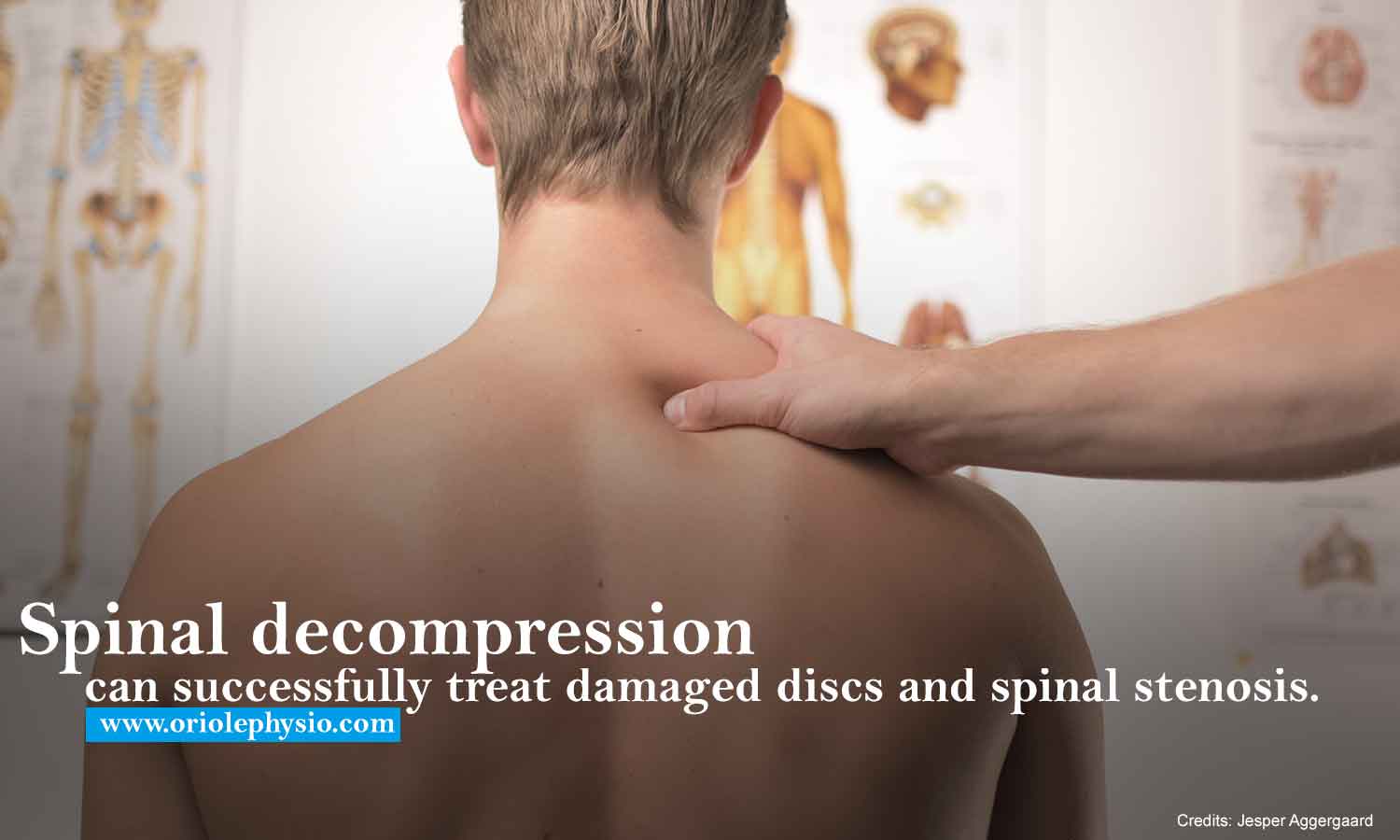
Spinal decompression has been around for almost 20 years. It works well for patients experiencing pain due to bulging discs, degenerative disc disease, herniated discs, and sciatica. The traction from the machine produces negative pressure on the discs in the spine, which allows bulging discs to return to their normal position. The treatment method also improves oxygen flow, blood circulation, and nutrients to return to the surrounding area of the discs, inducing healing.
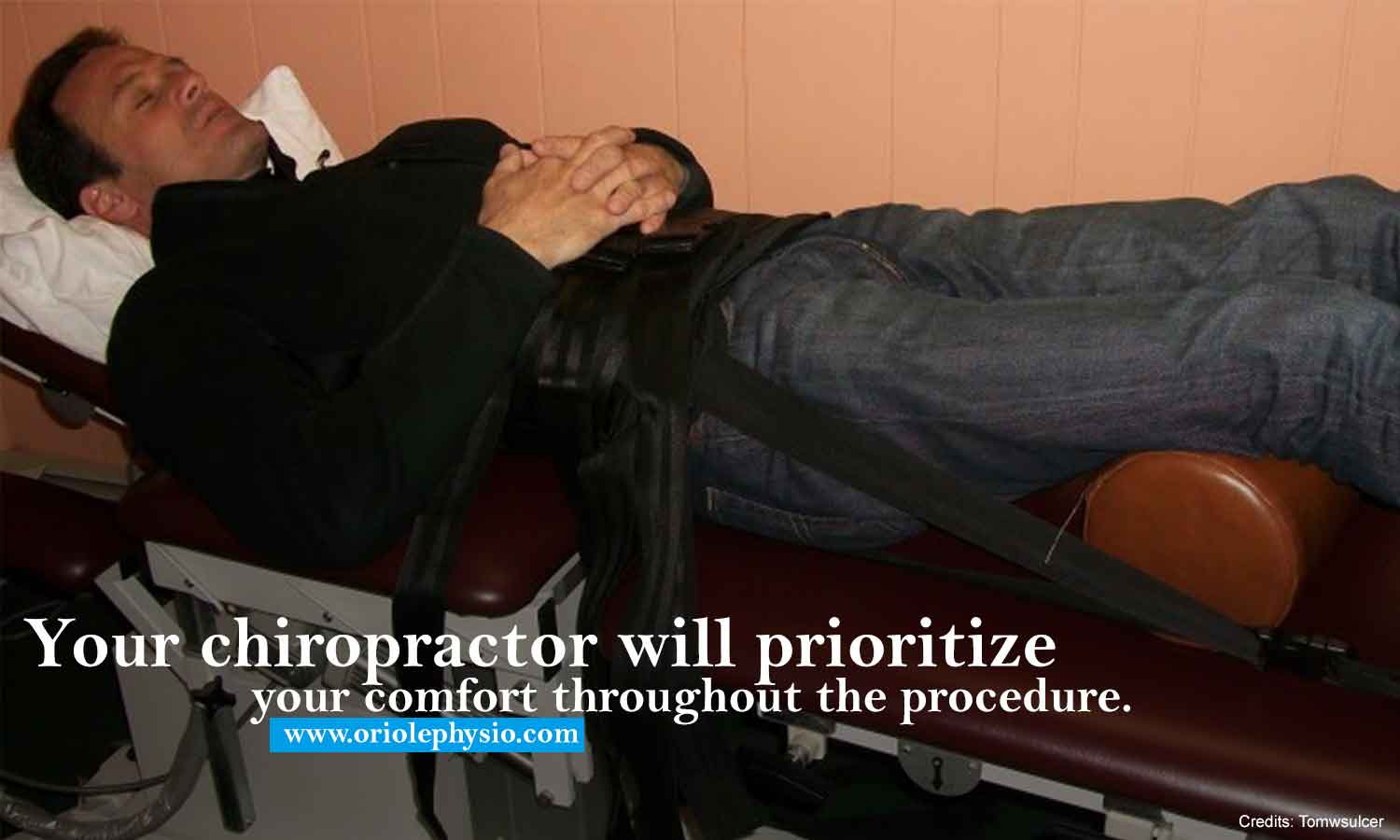
It Doesn’t Hurt
Spinal decompression itself doesn’t hurt, but the treatment procedure may bring minor discomfort. Some may find lying flat on the table uncomfortable (depending on your back pain). Your chiropractor will do everything to keep you comfortable throughout the procedure.
After the session, some people said they instantly felt better. Your position might cause mild discomfort initially, but the procedure itself is painless.
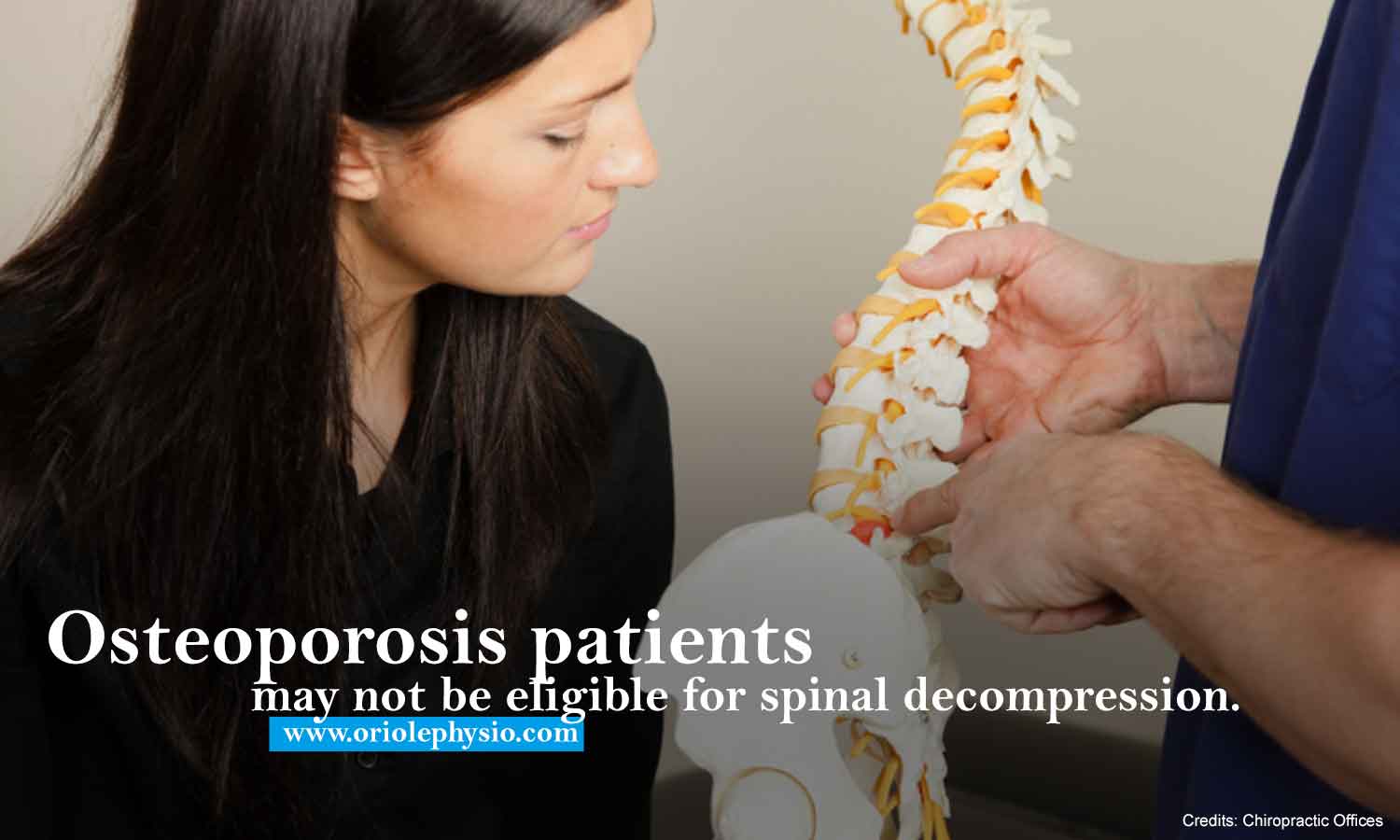
It Won’t Cause Further Damage.
There are no risks associated with non-surgical decompression. However, to ensure your safety, your chiropractor will assess if you’re a good candidate for the procedure. People with specific spinal issues, like osteoporosis, ankylosing spondylitis, recent back surgery, or any condition that puts the integrity of the spine in question, may not be eligible for decompression.
Other patients who are not qualified candidates for the treatment are:
- Pregnant women
- Patients who’ve had spinal fusion
- If you have metal pieces like metal rods in the spine or neck
- Those with broken vertebrae
- If you have implants like artificial disc
- If you have a spinal infection
- Patients with spinal stenosis
- People with a tumour in the spine
- If you are taking blood thinners
Like other medical procedures, spinal decompression may also come with side-effects. These include:
- Pain/discomfort while lying on the table due to an injury
- Muscle spasms
- Pain in the arms or legs
If you experience any of these issues, inform your chiropractor right away so they can adjust the table or configure the settings on the program. Other than the side effects mentioned, the decompression machine itself doesn’t cause adverse effects.
Whether spinal decompression is the best treatment option for you or not, your chiropractor is skilled in relieving your back/neck pain and tracing the underlying cause of your pain. Spinal decompression treatment may not be for everyone, but there’s a great chance your chiropractor can customize a treatment that’s tailored to your condition.
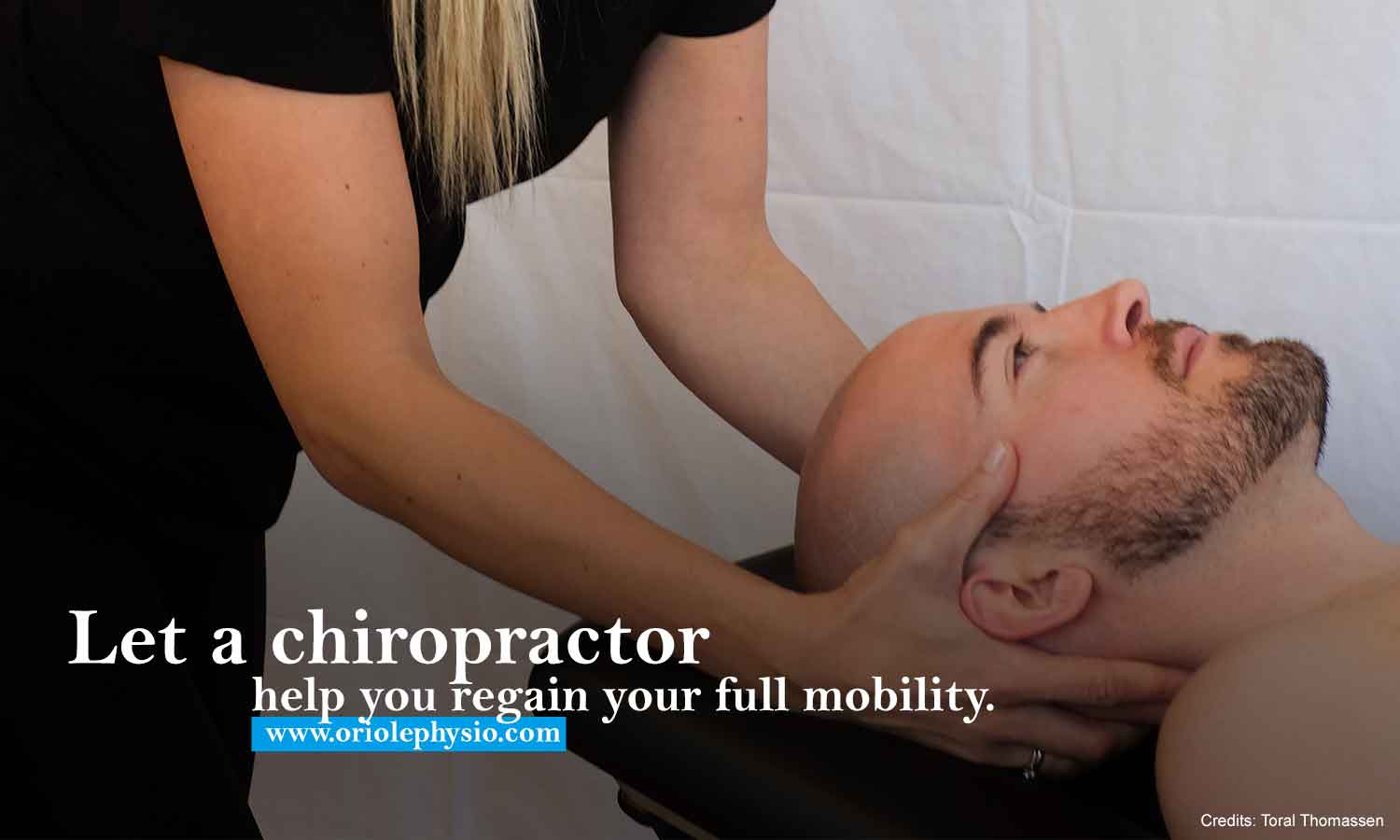
Your Chiropractor Can Help With Other Back Pain Issues
Chiropractors specialize in resolving pain of the spine and related muscles and connective tissues. Your chiropractor can provide lasting relief to help you recover and heal. They can also design a pain relief treatment plan to minimize any risks of spinal damage by suggesting lifestyle, exercise, and diet programs fit for your condition.
If you’re looking for reliable chiropractors in North York, Oriole Physiotherapy & Rehabilitation is behind your back. Our trained and caring staff uses a holistic approach to address your back pain issues and improve the quality of your life. Call us today for a consultation: (416) 221-0772.

